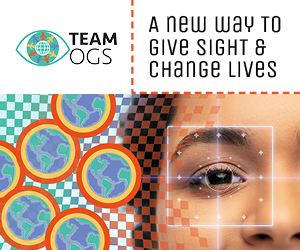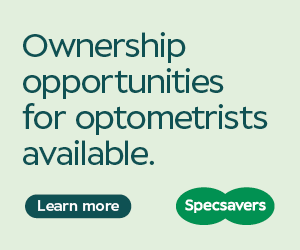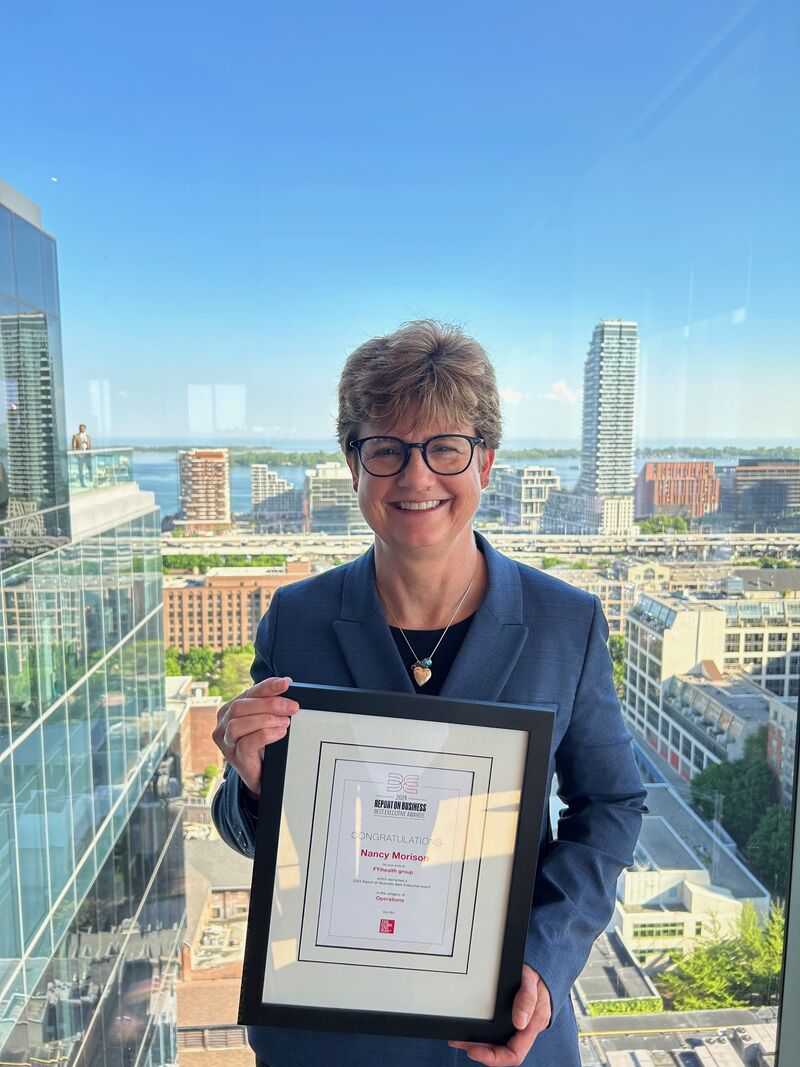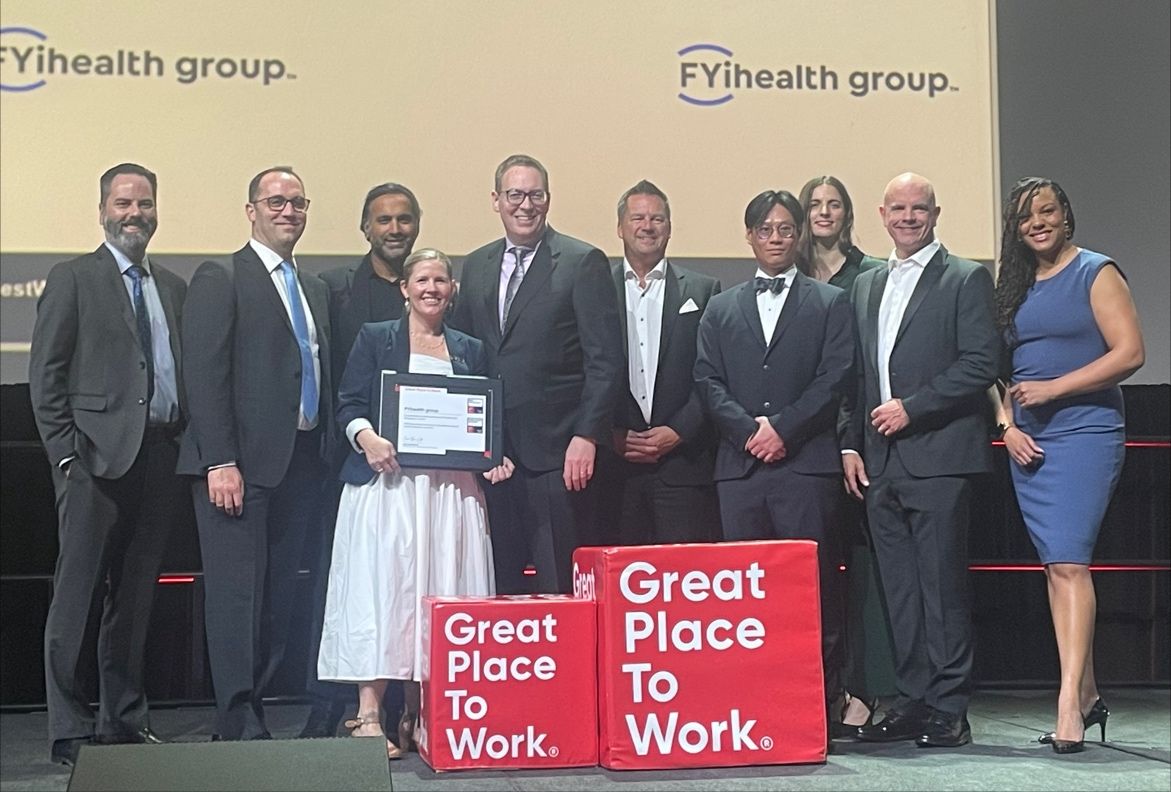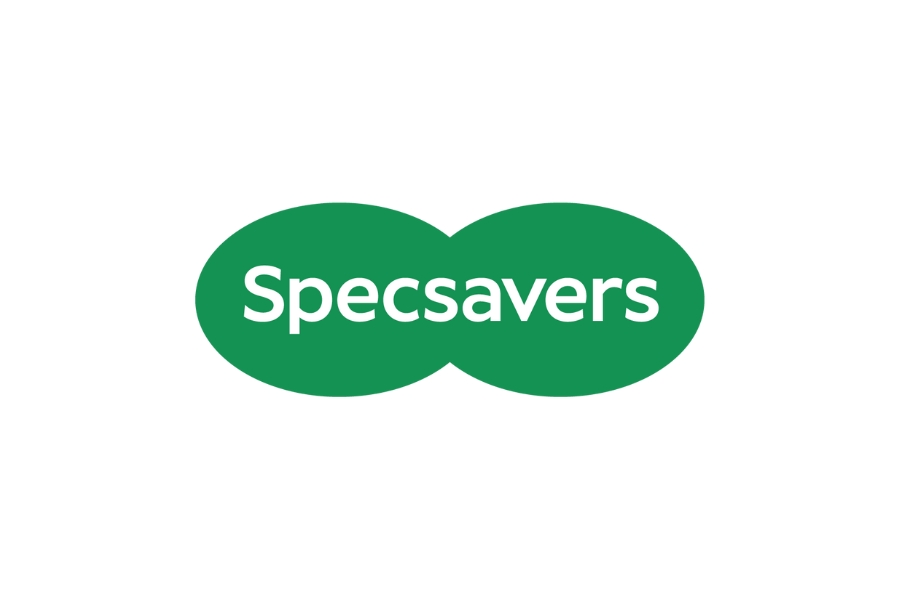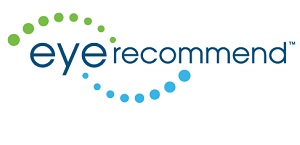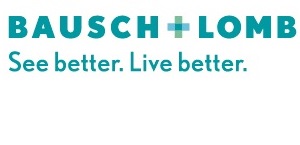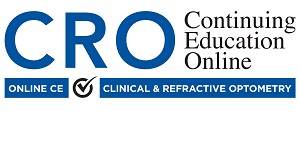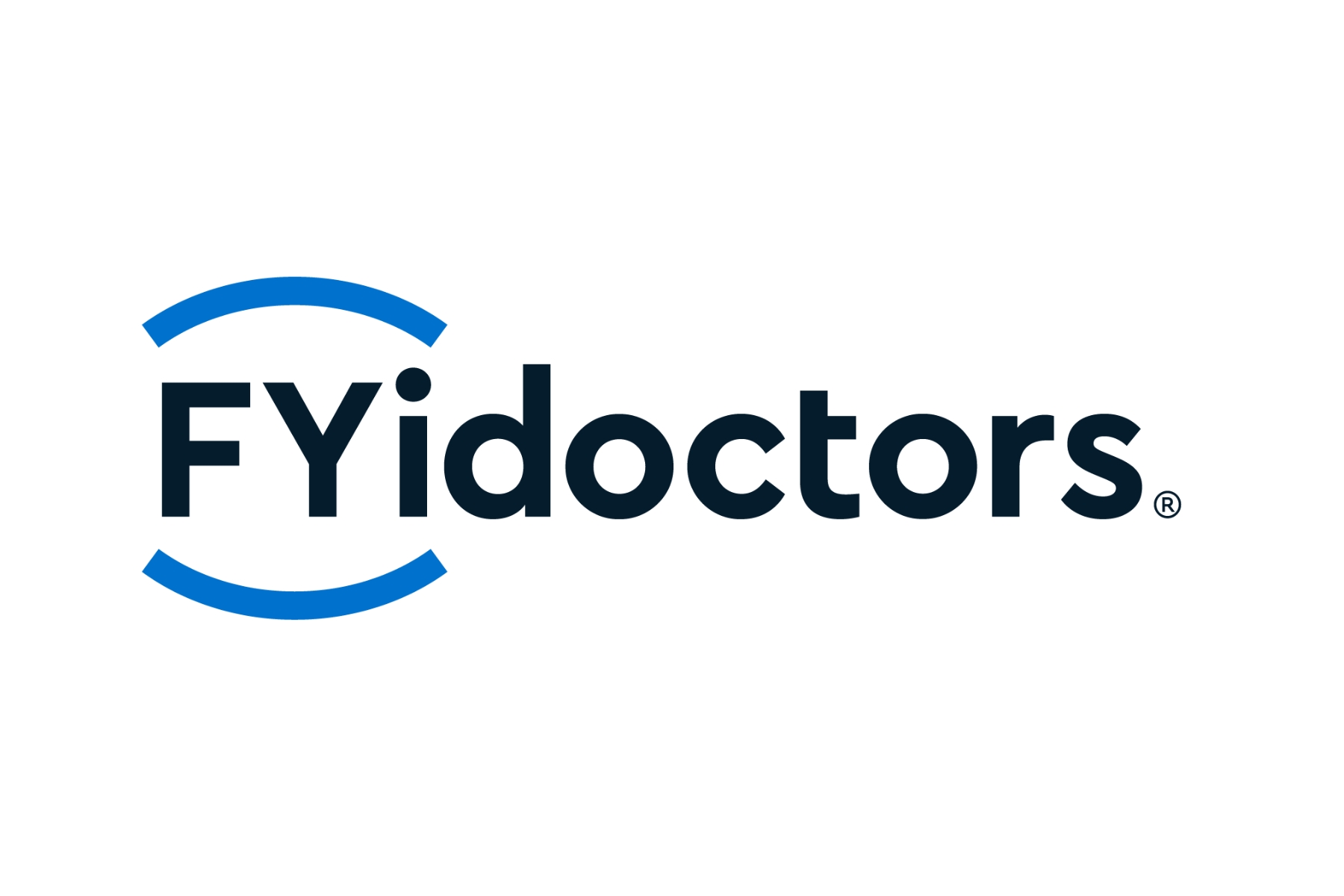
FYidoctors is Canada’s largest network of optometrists. Doctor-led, professionally managed, and patient-focused, the organization concentrates on delivering outstanding eye care with patient-centric products and services.
In this article, we will be getting to know Dr. Devin Almond, Lead Optometrist at the FYidoctors Kelowna Spall Plaza clinic.

- Tell us about yourself!
I was introduced to Optometry through my father Dr. Brad Almond. He was an Optometrist in Calgary and Kelowna for many years. I always gravitated towards healthcare and decided to become an Optometrist after job shadowing at a few clinics in Kelowna. I went to Pacific University and graduated in 2014. Upon graduation, I moved back to Kelowna with my wife and opened a cold start practice with my dad in 2014. It was a humbling but invaluable experience building up a patient base from 0 to what it has become today. During the first few years of opening the practice, I locumed at FYidoctors in Penticton, and that was how I became introduced to the FYi organization.
- Why did you choose to join FYidoctors?
In 2022, my dad had decided that he wanted to retire so our practice was going through a transition. I had to choose between buying him out, bringing on a partner, or merging with FYi. I chose to merge with FYi because it would allow me to have more work-life balance, reduce the stress associated with running a business by myself, stay competitive against large optometry chains, and still maintain autonomy over my optometric practice. I am very grateful that I made this decision. I believe that FYi is the future of optometrist-owned practices in Canada. With climbing interest rates, excessive amounts of student debt, and rising costs to buy existing practices, I don’t think it’s realistic for many new grads to buy-in to practices anymore. FYi provides a way to not only own shares within a single practice but of the entire company as well. In my opinion, this is a better investment than owning your own practice in this market.
- What was it like to switch over to FYi?
Anytime a practice is going through a transition, it is difficult. The staff must learn new processes, new products, new sales techniques, and have more meetings. When transitioning, there will always be some resistance and you can expect it to take around a year before everyone has fully adjusted. FYi has a great management team at Home Office for support to make the transition as easy as possible. After getting through the transition period, I believe my staff is performing at a higher level than before due to the training and support they received from FYi. The best thing about FYi has been the centralized recalls. This has taken the burden off my staff from taking time out of their days to call patients and it has improved our patient retention. We have been getting lots of patients returning to the clinic for their eye exams, some of whom haven’t seen in 4 or 5 years! FYi is also great at ensuring its practices have state-of-the-art technology, which some independent practices may not be able to afford – when our OCT machine went down a few months ago, we received a new one very quickly, which is a powerful benefit of being part of a larger organization.
Overall, I am very grateful to have joined the FYidoctors team. They provided me with competitive compensation and being able to optimize my work-life balance has improved my quality of life. If you’re an optometrist in Canada, definitely consider joining FYi if your practice is going through a transition or you’re looking for a new job.
Looking for career opportunities with FYidoctors?
Contact me at Michelle.Melnyk@fyidoctors.com
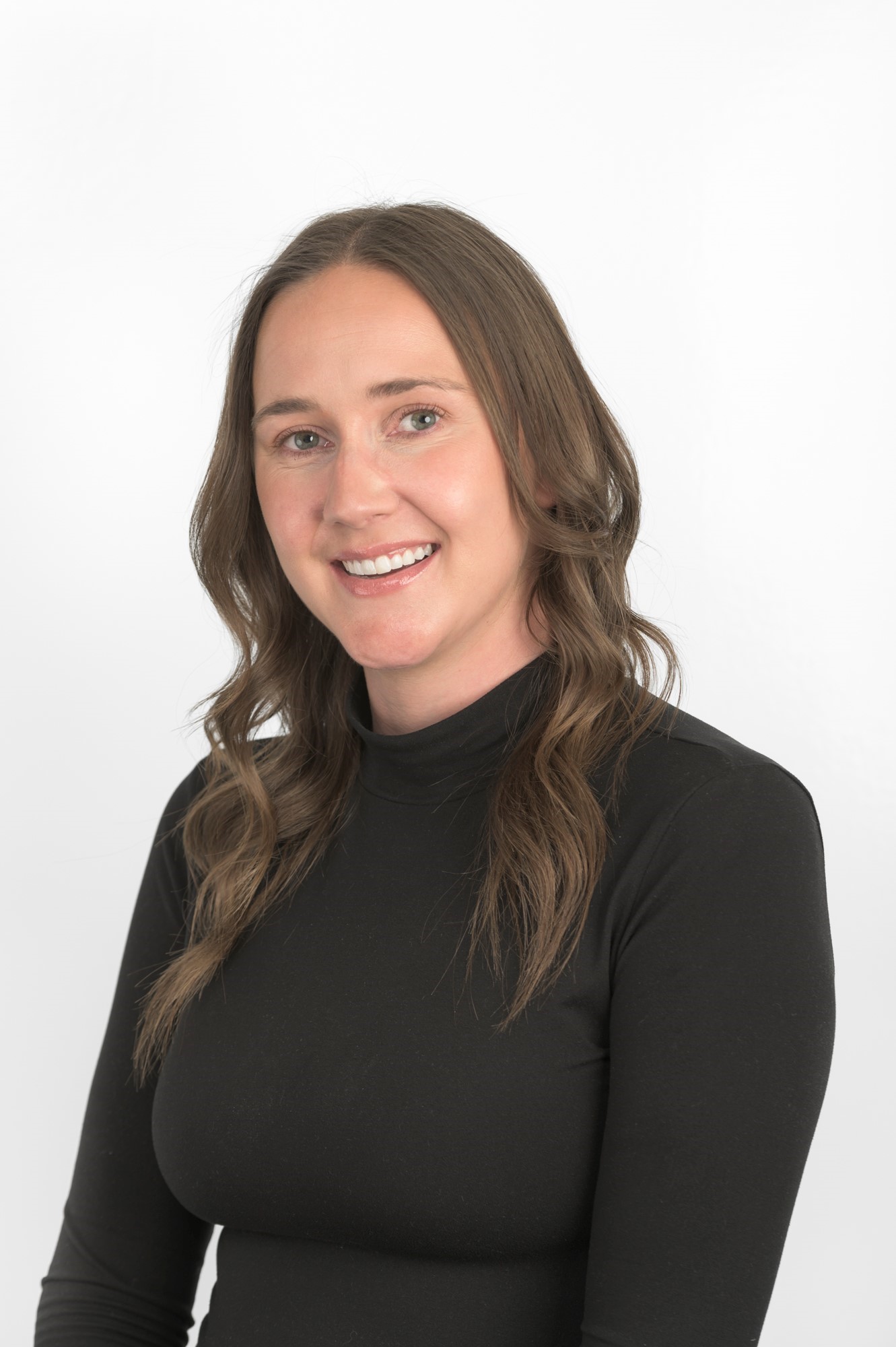
Michelle Melnyk
With over a decade of dedicated service, Michelle Melnyk has been proud to have influence across various roles in Talent Aquisition. At FYidoctors, she began as the Optometrist Recruiter for the Ontario region, and soon after, stepped into her current role as Manager of Campus Engagement. Her journey began with a Bachelor of Arts in Psychology from Mount Royal University with a minor in Human Resources, where she developed an understanding of human behavior and organizational dynamics. Beyond her professional endeavors, Michelle is known for her advocacy for work-life balance and her passion for family, plants, and travel. With her background and dedication, Michelle continues to shape the careers of individuals while making meaningful contributions to the field of talent management.









